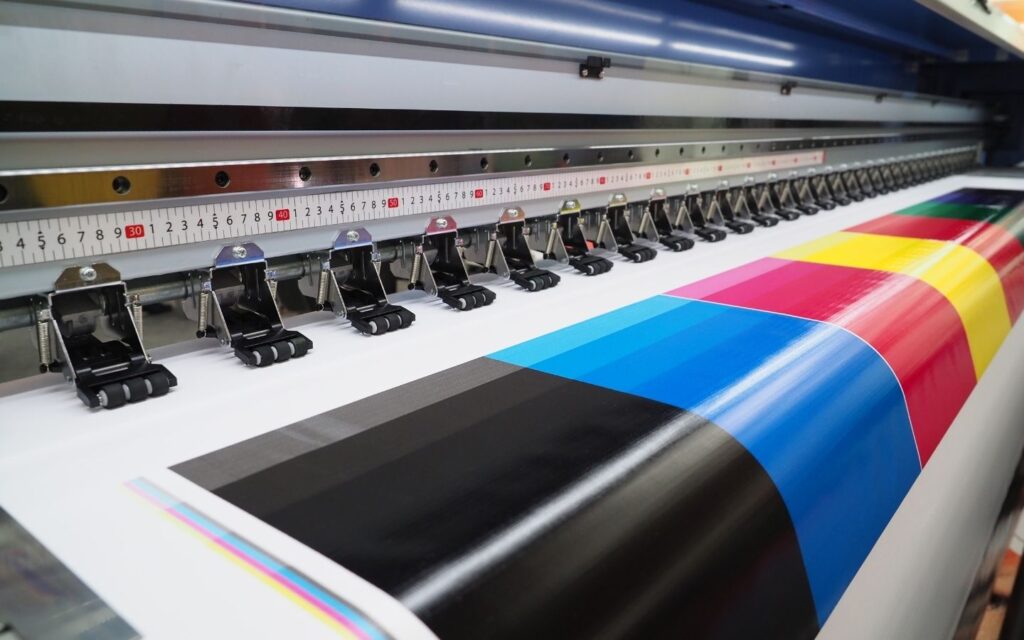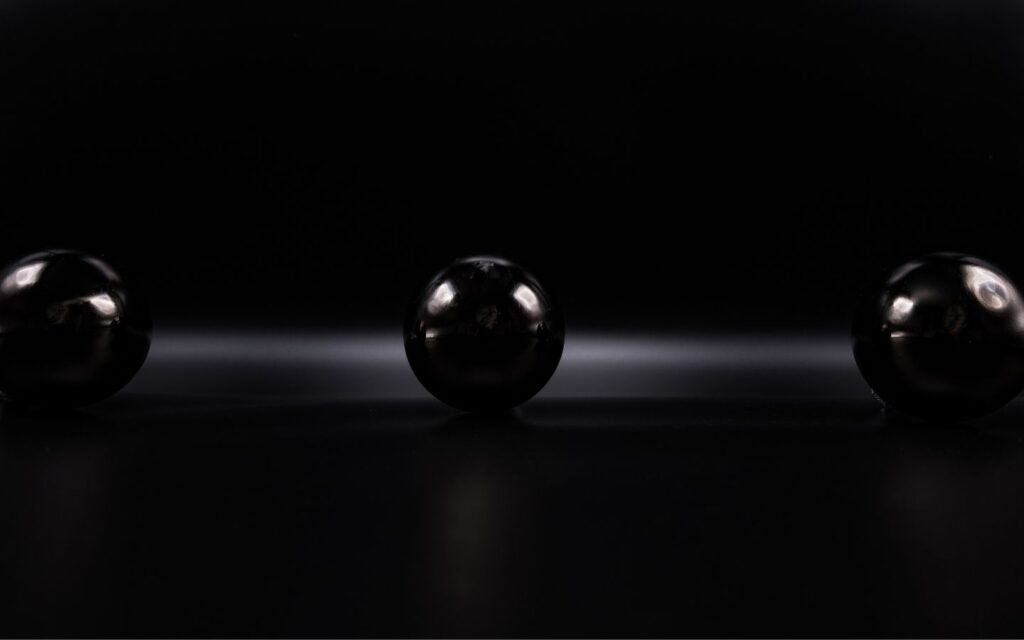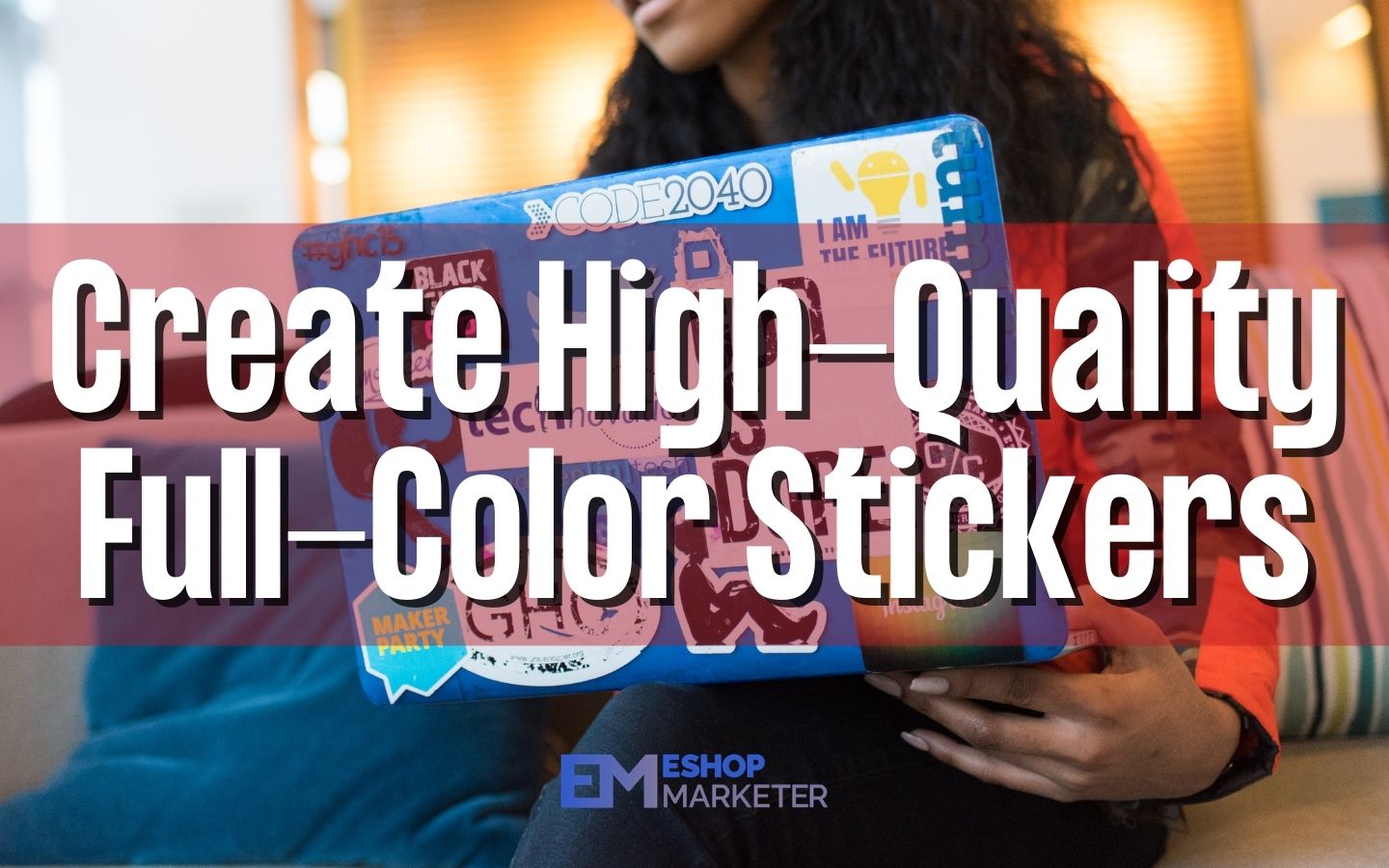There is more to making stickers than simply designing and printing. For your sticker printing business to be a success, you have to be aware of how to make full-color stickers that are topnotch in quality. Your customers don’t want stickers that easily fade. You want to provide stickers that stand the test of time.
Here are simple tips so you can create quality full-color stickers:
Understanding the CMYK Process Color

First, you have to understand that you are working with “process color” where primary colors are combined (Cyan, Magenta, Yellow, and Black) to create a wide range of colors.
Here’s an example:
If you want to print a shade of orange, you can print small dots of magenta and once it dries, you can then print the yellow ink.
Don’t worry, the dots and streaks will not be noticeable to the naked eye and that’s what’s cool about it! The subtle dithering is because of the CMYK process. However, for some colors, it can be more noticeable.
Pantone Printing vs CMYK
If you want the exact color reproduction for your stickers, you may want to consider a custom Pantone run (PMS). With this process, you can match the exact color that you want. It is more precise, however, it’s more expensive.
The Right Color Values
The most difficult to balance is light shade colors that use small quantities of the 4 processor colors. You have to take note of this when you are designing your stickers. CMKY values that are under 10% might get lost on the screen. They must be kept at either 0% or 10%, ideally.
Optimum CMYK Colors for Black

Black ink isn’t only black – it also consists of Cyan, Magenta, and Yellow. The mixture of all four colors will result in the ultimate black. It produces thick, extremely rich, and highly durable color. The set up for optimum black is Cyan 100%, Magenta 85%, Yellow 85%, and Black 100%.
Large Areas of Solid Color
You have to avoid creating stickers with large areas of solid color as much as possible. For instance, instead of creating a solid red background, you can distress it by adding extra elements. Breaking up large areas of solid color will avoid any subtle dithering.


